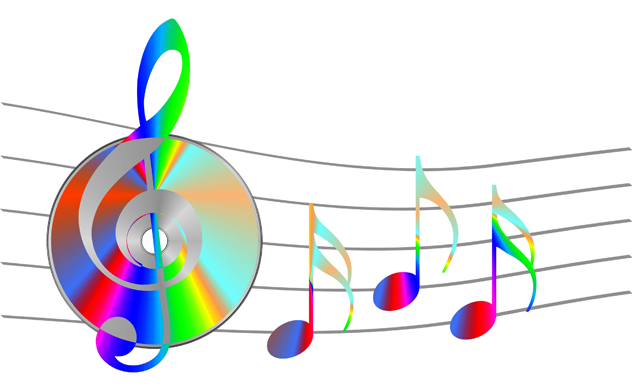
Music Theory – Scales, Keys and Chord Progressions
Aspiring guitarists should know that every song is based on a major scale, usually referred to as the “key” you are playing in, which denotes the “key signature” (more on that later). The major scale consists of 7 consecutive tones or notes. For example, if you are playing in the key of C major, the notes are C,D,E,F,G,A,B (only major scale with no sharps or flats).
All chords are then constructed on each of the 7 notes of scale. It’s easier for visualization if you look at the piano keyboard and start on the 1st note of the major scale (in this example C is the first note also referred to as the root). Chords are referred to using roman numerals – the “I” chord in the key of C major uses the 1,3 & 5 notes of the scale to make up the chord.
Chords consist of at least 3 notes. So, a C Major chord is made up of the notes: C,E & G known as the root, 3rd degree and 5th degree of the C Major scale. This is called a triad.
A seventh chord would be the root,3,5 and 7th degree of scale. A 9th chord would be Root,3,5,7 and 9th degrees (9th degree is the octave of the 2nd).
A popular rock and blues chord progression used in literally hundreds of songs is the I-IV-V pattern. The I (C), IV (F) and V (G) are all major chords. All other chords built on the 2,3, 6 and 7th degrees of the scale would be minor chords.
When you are first learning a song, you should analyze the chords using the roman numeral system and get familiar with the progression. For example La Bamba uses the I-IV-V pattern in the key of C Major. The chord progression would be C to F to G.
Why is it important to know chord patterns using roman numeral system? Because you can transpose to any other key instantly. For more help on theory check out “ Music Theory For Dummies” and if you’re looking for an instructor in the San Ramon, Danville, Dublin, Walnut Creek or Pleasanton areas to help you take it to the next level, let me know

Leave a Reply